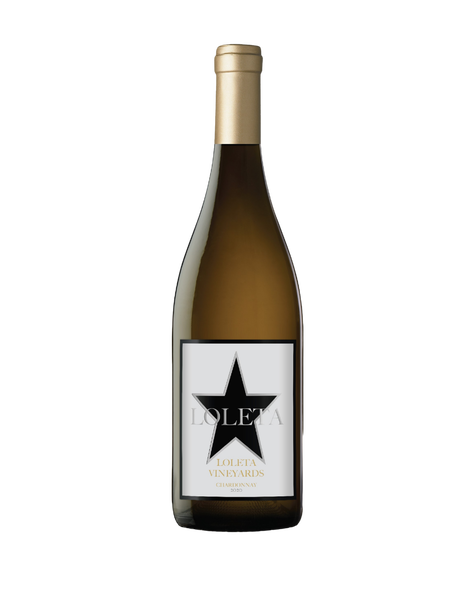
1792 Small Batch Bourbon
Whiskey

1792 Small Batch Bourbon
Whiskey

Espolòn Tequila Blanco
Tequila

Código 1530 Double Cask Finished Single Barrel Añejo S1B20
Tequila

Belvedere 10 Vodka
Vodka

Lagavulin Offerman Edition Charred Oak Cask 11 Year Old Islay Single Malt Scotch Whisky
Whisky

Veuve Clicquot Rosé
Rosé

Duckhorn Vineyards North Coast Sauvignon Blanc
Sauvignon Blanc

Locations CA by Dave Phinney California Red Blend
Red Blend

Whispering Angel Rosé
Rosé

Far Niente "Estate" Napa Valley Chardonnay
Chardonnay

Garrison Brothers Single Barrel Cask Strength Bourbon S3B1

Explore Tequila

Tequila Casa Dragones Joven Petrit Halilaj Artist Edition

Exclusive Single Barrels

Junipero Gin Smoked Rosemary

Josh Cellars Seaswept & Summer Sipper Bundle

Waterford Love Forever Flute Pair

Gift Cards

Rolf Glass Blue Fish Recycled Tumblers

Woodford Reserve Double Oaked Bourbon and Compartés Limited Edition Chocolate Collection Bundle

11 Ways To Mix Signature Cocktails For Your Wedding
Entertaining

The Best Closing Gifts For Real Estate Agents And Clients
Entertaining

Flavorful Cocktails For Summer
Entertaining

Co-founders of 1953 Tequila
Behind the Brand

SKYY Vodka Cielito Lindo
Recipes

This Bundle Contains



Winery Notes
Tasting Notes
Full-bodied fruit and spice, often with the ability to age. Ranging from bold Australian Chardonnay to aged Vouvray, this style usually relies on the interplay of oak and fruit, forming a complex, honeyed character. Overt vanilla aromas tends to come with barrel fermentation more than via the more gentle processes involved in barrel maturation, and from new wood rather than used oak.
Vintage Notes
Vineyard Notes
The Central Coast AVA in California covers the long stretch of coastline from San Francisco Bay south to Santa Barbara, and reaches inland from the Pacific Ocean to the borders of the Central Valley. . The cool climate in much of the Central Coast AVA is excellently suited to the Burgundy varieties of Pinot Noir and Chardonnay, despite the fact that the northernmost part of the region is a full 10 degrees closer to the equator than Burgundy (at latitude 47°N). The hotter, more inland areas of the Central Coast are also good for Zinfandel, which is planted in San Benito County and Paso Robles. Cabernet Sauvignon does well in the higher-altitude parts of the AVA, particularly in the Santa Cruz Mountains north of Monterey Bay.
Winemaking Notes
Chardonnay Blend - In the vineyard, clonal selection is a major factor – albeit anecdotally not to the degree of Chardonnay's Burgundian counterpart, Pinot Noir. In the New World especially, clones are often mentioned. For instance, much is made of the likes of the Mendoza clone (known for its variability in berry size, it brings both freshness and concentration) or the sometimes-pithy notes and acidity of UCD (University of California-Davis) Clone 15, actually sourced in Washington (where it is sometimes called the Prosser clone).
| Product Type | White Wine |
| Varietal | Chardonnay |
| ABV | 12.9% |
| Country | United States |
Winery Notes
Tasting Notes
Full-bodied fruit and spice, often with the ability to age. Ranging from bold Australian Chardonnay to aged Vouvray, this style usually relies on the interplay of oak and fruit, forming a complex, honeyed character. Overt vanilla aromas tends to come with barrel fermentation more than via the more gentle processes involved in barrel maturation, and from new wood rather than used oak.
Vintage Notes
Vineyard Notes
The Central Coast AVA in California covers the long stretch of coastline from San Francisco Bay south to Santa Barbara, and reaches inland from the Pacific Ocean to the borders of the Central Valley. . The cool climate in much of the Central Coast AVA is excellently suited to the Burgundy varieties of Pinot Noir and Chardonnay, despite the fact that the northernmost part of the region is a full 10 degrees closer to the equator than Burgundy (at latitude 47°N). The hotter, more inland areas of the Central Coast are also good for Zinfandel, which is planted in San Benito County and Paso Robles. Cabernet Sauvignon does well in the higher-altitude parts of the AVA, particularly in the Santa Cruz Mountains north of Monterey Bay.
Winemaking Notes
Chardonnay Blend - In the vineyard, clonal selection is a major factor – albeit anecdotally not to the degree of Chardonnay's Burgundian counterpart, Pinot Noir. In the New World especially, clones are often mentioned. For instance, much is made of the likes of the Mendoza clone (known for its variability in berry size, it brings both freshness and concentration) or the sometimes-pithy notes and acidity of UCD (University of California-Davis) Clone 15, actually sourced in Washington (where it is sometimes called the Prosser clone).
| Product Type | White Wine |
| Varietal | Chardonnay |
| ABV | 12.9% |
| Country | United States |
WARNING: Drinking distilled spirits, beer, coolers, wine and other alcoholic beverages may increase cancer risk, and, during pregnancy, can cause birth defects. For more information go to: www.P65Warnings.ca.gov/alcohol

